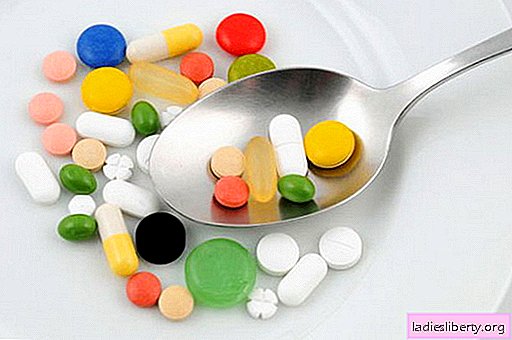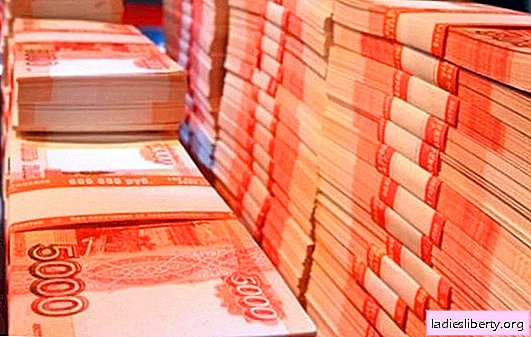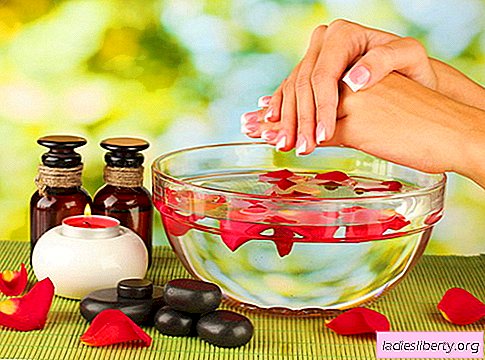
Fragrant tansy has many beneficial properties.
It is successfully used not only in cooking, but also in traditional medicine, helping to cure acute and chronic diseases. Decoctions are prepared not only from elastic yellow inflorescences, but also from the stems of the plant.
Tansy composition
The spicy, strong aroma of tansy does not disappear even after drying. And all thanks to a large number of special essential substances called thujone. It gives the plant bactericidal properties, but in a large dosage it turns into poison. That is why tansy has contraindications in terms of therapeutic use.
Scientists have discovered in the yellow flowers a lot of alkaloids, organic acids, polysaccharides. The plant contains many tannins and bitter substances, due to which tansy tincture has a characteristic astringent-bitter taste
Useful properties of tansy
The popular name of tansy (wormwood) indicates the anthelmintic properties of the plant. Removal of helminths and other parasites from the body is one of the most famous and often used beneficial properties of tansy.
However, the plant has other properties:
• choleretic;
• bactericidal;
• antispasmodic;
• wound healing;
• diuretic;
• astringent;
• antipyretic.
Tansy can be used as an independent tool, or in combination with other healing components. Infusions are used for urgent detoxification in case of poisoning. It is important to observe the exact dosage when taking tansy: a contraindication is the excess of a single and daily rate.
Tansy infusions are used to treat the following ailments:
• diseases of the gastrointestinal tract, including stomach ulcers, dysbiosis, dysentery, colitis, gastritis, entercolitis, flatulence;
• diseases of the liver, gall bladder and kidneys, including cholecystitis, hepatitis, pyelonephritis;
• inflammatory joint diseases (rheumatism, arthrosis, gout, arthritis);
• tuberculosis, asthma, colds, flu;
• expulsion of worms and other parasites (giardia, pinworms, roundworm, etc.);
• gynecological diseases.
The beneficial properties of tansy are very important for relieving inflammation of the internal organs (liver, pancreas, intestines, gall bladder, kidneys). Taking the infusion of flowers, you can stimulate the production of bile secretion, cleanse the intestines and normalize the low acidity of gastric juice.
Tansy infusion, properly prepared, can relieve headaches, stimulate appetite, improve digestion, relieve constipation, relieve stomach spasm and relieve pain from bruises. Compresses can be applied to purulent wounds, boils, ulcers in order to accelerate the purification of purulent secretion and tissue regeneration. External use is indicated for eczema, urticaria, scabies.
The use of tansy in women
The beneficial properties of tansy have long been used to treat gynecological diseases and the so-called "female" problems. For example, tansy in decoction can relieve discomfort and pain during menstruation.
If the menstrual cycle is disturbed, you can take an infusion of tansy flowers to restore or normalize it. It is important not to exceed the dosage and not to drink the infusion for more than four days. If menstruation does not start, the cause may be a serious illness or pregnancy. In this case, tansy is contraindicated, like any other self-medication.
Tansy infusion is often used by people to independently terminate an unwanted pregnancy. Due to the contraction of the uterus caused by the infusion, the fetal egg is rejected. In no case can this be done, since amateur abortion can cause serious complications, even death.
How to make tansy tinctures
The beneficial properties of tansy are equally well manifested in decoctions and infusions for internal and external use.
In order to prepare a gynecological infusion of tansy, whose useful properties help normalize the monthly cycle with a slight delay, you need to take a liter of boiling water for 25 grams of dried flowers. Insisting time - at least an hour. Then the infusion needs to be filtered.
Drink in small portions, a third of a glass. It cannot be otherwise: in large quantities, the infusion is toxic and will cause severe poisoning. Contraindication for tansy is an excess of dosage. The maximum dose for a day is a glass of 250 ml.
There are other recipes and schemes for the preparation and reception of tansy infusion:
• 1.5 tbsp. l pour dried flowers in a cup of boiling water, insist for at least four hours to drink a tablespoon three times a day. The broth will have astringent and fixing properties;
• faster preparing a decoction of tansy. Take a cup of boiling water on a tablespoon of raw materials, simmer over low heat for about five minutes, insist for half an hour. Drink a tablespoon five times a day.
To prepare an anthelmintic enema, you need to boil in 400 ml of milk three cloves of garlic and one and a half tablespoons of tansy seeds. Cooking time - ten minutes, the fire is the slowest. In an enema, you need to pour a warm broth.
To enhance the effect of anthelmintic home therapy, you need to prepare a healing mixture of powdered dried flowers. A single dose is half a teaspoon of such a powder, which must be washed down with water. You can mix tansy with a little liquid honey. To make the treatment even more successful, it is good to take any laxative in the morning.
To relieve rheumatic pains, chills, severe fatigue, you can use tansy infusion with the addition of salt. If the legs hurt and swell in the evening, then the broth is added to hot water and a bath is made. Instead of decoction of flowers in water, you can drip a few drops of tansy essential oil.
Contraindications to tansy
Despite its useful properties, tansy can be dangerous due to the content of toxic substances in it. This is not only thujone, but also ketone. Therefore, it is contraindicated for tansy not only a single dose of a large amount of infusion, but also its long-term use.
Due to toxicity, the use of decoctions and infusions of plant flowers for young children is prohibited. The minimum age at which treatment can be started is seven years. It is imperative to monitor the dosage. Symptoms of an overdose: vomiting, nausea, depression of the nervous system, visual impairment. With tansy poisoning, kidney damage is possible.
If you do not provide emergency assistance to a person, death may occur. If there is a suspicion of an overdose, you need to immediately rinse the stomach, if possible using a weak solution of potassium permanganate, and take an absorbent drug. You should immediately call an ambulance or go to the hospital yourself.
An absolute contraindication to tansy is pregnancy and lactation. The infusion will cause contraction of the muscles of the uterus and lead to miscarriage, uterine bleeding. Moreover, toxic substances will poison the fetus first. Decomposition of the embryo will cause blood poisoning of the pregnant woman and may result in death. That is why you can not use tansy for an independent abortion.











